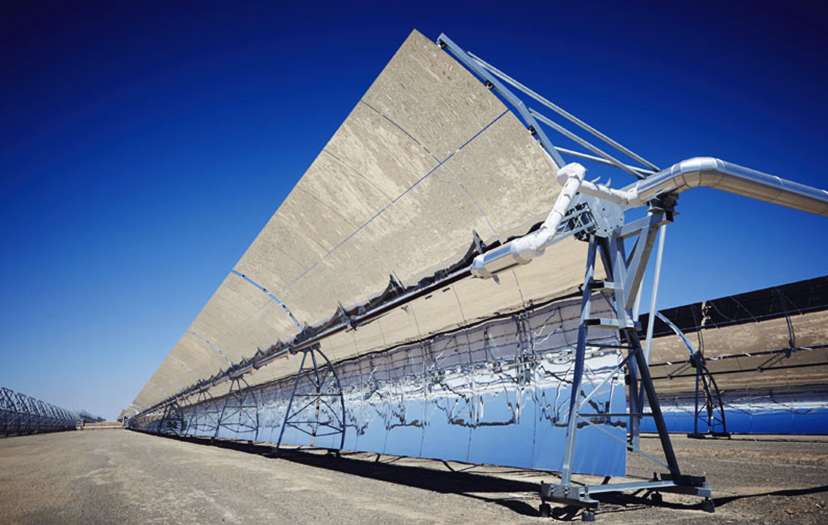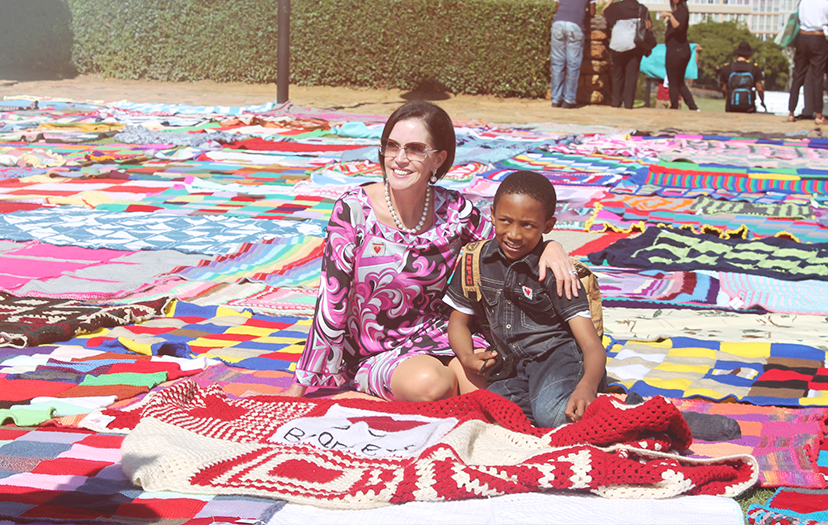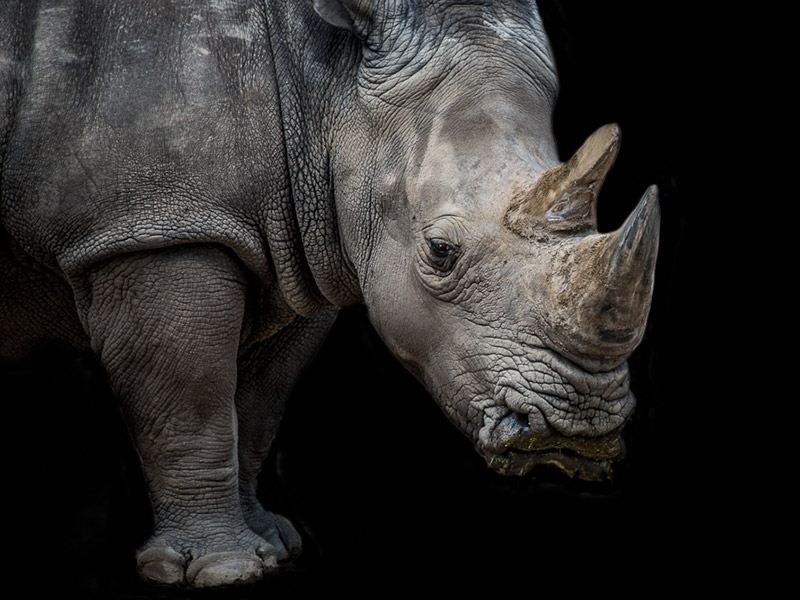It has been a tough ride for all South Africans for the past months, having to cope with the problems of Eskom load shedding schedules. As South Africans wait on the government to come to the rescue and save businesses and the economy as a whole. Development in the area of infrastructure to aid the energy structure of the country, is one that should excite all South Africans.
In view of the situations, both corporate and government entities have focused more on ways to stabilize, boost and fix Eskom’s energy grid issues. South Africa’s first solar thermal electricity plant to reach completion was officially opened near Pofadder in the sparsely populated Northern Cape on Monday, 2 March 2015.
The arid region’s relentless sun is proving to be a valuable renewable natural resource that ultimately will benefit the local community, the country as a whole, and the environment.
KaXu Solar One was opened by Geoffery Qhena, chief executive of the Industrial Development Corporation (IDC); Economic Development Minister Ebrahim Patel; Armando Zuluaga, chief executive of Abengoa Solar; and Fadiel Farao, chairman of the KaXu Community Trust. All are partners in the project.
“It is the result of partners working together. And it has demonstrated South Africa’s capabilities in converting the Northern Cape’s sun into a rich, useable resource,” said Qhena.
KaXu Solar One is the first solar thermal electricity (STE) plant in South Africa. It is also the biggest of its kind in Africa and the southern hemisphere. In opening the plant, Patel said: “Tonight, when ordinary South Africans put on their lights, put on their stoves to cook food, or watch television, some of that electricity would have been generated today near Pofadder.”
Already 33 renewable energy plants had been opened, Patel said, and by the end of the month there would be 1 685 MW of renewable energy available – almost equivalent to Koeberg’s entire output. “In 12 months we have been building plants that will generate almost as much as Koeberg. The difference is that Koeberg generates all the time.”
Coal had not been forgotten though, and Patel spoke of the synchronisation taking place at Medupi, South Africa’s new coal-fired power station, on the same day as KaXu’s inauguration. “Over the next few months, we will make sure the system is stable, and we will bring 800 MW of electricity into our grid. All of these are examples of the government working hard to solve the electricity problem.”
The total investment in KaXu came in at R7.9-billion, with about R1-billion coming from Spanish group Abengoa. The balance was supplied by the IDC, Nedbank RMB, the Development Bank of Southern Africa and the International Finance Corporation.
KaXu is owned by Abengoa (59%), the IDC (29%) and the KaXu Community Trust (21%). The risk was carried by Abengoa, said Patel, which had put in its equity.
An important benefit is the value of the project to the rural area of Khai Ma. During construction, 4 500 jobs were created, 80% of them local. Now during operations there are 80 permanent jobs, and South Africans are being trained to run the plant.
Through the trust, the dividends would be invested in long-term projects that would benefit the community for generations to come, said Fadiel Farao, chairman of the KaXu Community Trust. Projects would be in education, health, and skills development.
“Big projects come and go,” said Patel, “so we must see that they create something out of it so that generations to come can be helped.”
The life of KaXu is 20 years, but there is an emphasis on growing local manufacturing of the components, which will allow the country to build a solar power manufacturing sector. “We pay more for renewable energy, so we must have a better return,” said the minister. Renewable energy used to cost 100% more than coal-fired power; now that cost had dropped to 50% – and this was dropping all the time as more companies invested in new technology.
In conclusion, Patel said that a project like this made a positive contribution to the sustainability of life on planet. “If we burn coal and petrol all the time, we damage the environment and will kill opportunities for our children and the next generation. We can’t destroy the earth to grow our economy. Renewable energy is a bit more expensive, but we have to invest in it. Because we use the power of the sun, it doesn’t cause damage to our environment.”








